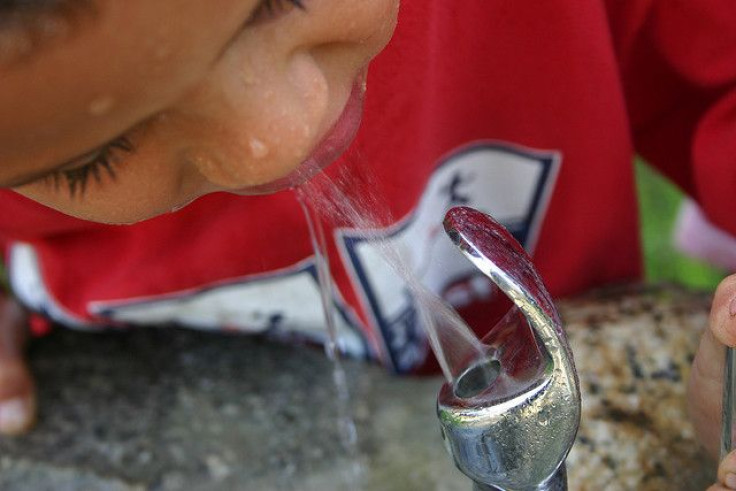2.4 Billion People Will Lack Sanitation In 2015: WHO Report

This morning, the World Health Organization (WHO) warned that the United Nations will miss their 2015 target of halving the proportion of the 1990 population without sanitation by 8 percent - half a billion people - unless a final push is made.
The objective is part of the United Nations Millennium Development Goals (MDG), an initiative ratified in 2000 by all 193 United Nations member states and at least 23 international organizations.
"There is an urgent need to ensure all the necessary pieces are in place - political commitment, funding, leadership - so the world can accelerate progress and reach the Millennium Development Goal sanitation target" said Dr Maria Neira, WHO Director for Public Health and Environment, in a press release.
From 1990 to 2011, access to improved sanitation - using bathrooms rather than open defecation - expanded dramatically. Almost 1.9 billion people have developed sanitation facilities over this 21-year span. The most progress was witnessed in Eastern Asia, where 626 million now relieve themselves indoors.
Despite these gains, there were nearly one billion people - mostly in rural areas - who still practiced open defecation by the end of 2011, according to the WHO report. Another 1.5 billion lived with insufficient sanitation facilities, and this level will remain in place without stronger efforts by participating states.
The root problem is a lack of a suitable water source. Regions with the worst sanitation, like sub-Saharan Africa, Afghanistan, and Papua New Guinea, also have the lowest drinking water coverage. Some nations, like India, have developed water technology for urban regions, but their rural areas are still living without both clean water and sanitation. As we reported last week, a group of scientists in India has created one innovative solution for its water crisis.
Piped drinking water supplies on premises are associated with the best health outcomes. Nearly 800 million people in 2011 lived without a modern outlet for drinking water, a quarter of which relied on surface water, such as rivers, lakes, and ponds, for nourishment.
"This is an emergency no less horrifying than a massive earthquake or tsunami," said Sanjay Wijesekera, global head of UNICEF's Water, Sanitation and Hygiene (WASH) programme, in a press release. "Every day hundreds of children are dying; every day thousands of parents mourn their sons and daughters. We can and must act in the face of this colossal daily human tragedy."



























